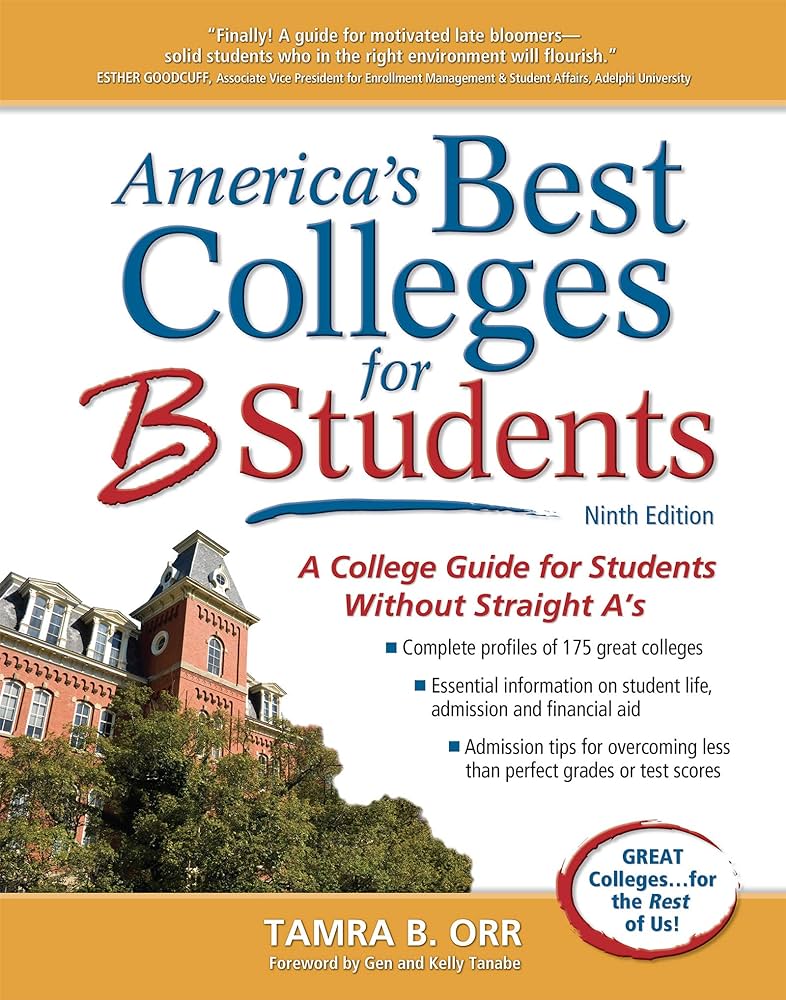The United States boasts a rich tapestry of higher education institutions, each offering unique opportunities and experiences for students. As prospective college-goers embark on their academic journey, understanding the diverse landscape of American colleges becomes crucial. In this comprehensive guide, we will explore the various types of colleges in America, factors to consider when choosing the right fit, and delve into some of the top institutions that have shaped generations of scholars.
I. Types of Colleges in America
A. Research Universities:
- Definition and Characteristics a. Extensive research programs b. Graduate programs leading to advanced degrees c. Emphasis on faculty research and publications
- Examples a. Harvard University b. Stanford University c. Massachusetts Institute of Technology (MIT)
B. Liberal Arts Colleges:
- Definition and Characteristics a. Focus on undergraduate education b. Emphasis on small class sizes and close faculty-student interaction c. Broad-based curriculum encouraging critical thinking and well-rounded education
- Examples a. Williams College b. Amherst College c. Swarthmore College
C. Community Colleges:
- Definition and Characteristics a. Two-year programs leading to associate degrees b. Affordable tuition and open admission policies c. Serve as a stepping stone to four-year institutions or workforce entry
- Examples a. Santa Monica College b. Community College of Philadelphia c. Austin Community College
D. Historically Black Colleges and Universities (HBCUs):
- Definition and Characteristics a. Founded before 1964 with the mission to serve the Black community b. Fostering a supportive environment for minority students c. Notable for producing a significant number of African American professionals
- Examples a. Howard University b. Spelman College c. Morehouse College
II. Factors to Consider When Choosing a College
A. Academic Programs and Majors:
- Assessing the diversity and strength of academic offerings
- Availability of specific majors or programs of interest
- Opportunities for interdisciplinary studies
B. Campus Culture and Environment:
- Size of the student body
- Campus facilities and resources
- Urban vs. rural setting
C. Admission Requirements and Selectivity:
- Understanding admission criteria
- Admission rates and acceptance trends
- Average SAT/ACT scores and GPA expectations
D. Financial Considerations:
- Tuition and fees
- Availability of scholarships and financial aid
- Cost of living in the surrounding area
III. Top Colleges in America
A. Ivy League Institutions:
- Overview of the Ivy League
- Highlighting key Ivy League colleges
B. Public Flagship Universities:
- Role and significance of flagship universities
- Showcase of prominent public flagship institutions
C. Emerging Leaders in Higher Education:
- Recognizing institutions with innovative programs
- Institutions making strides in diversity, equity, and inclusion
Conclusion:
Choosing the right college is a pivotal decision that shapes one’s academic and personal journey. By understanding the diverse offerings of American colleges and considering essential factors, prospective students can make informed choices that align with their goals and aspirations. The higher education landscape in the United States continues to evolve, providing an array of opportunities for those seeking a transformative educational experience.

